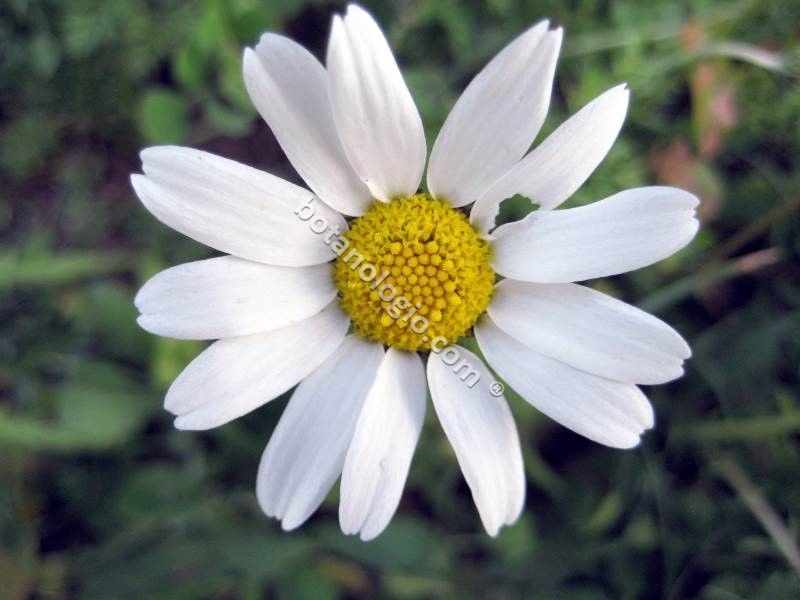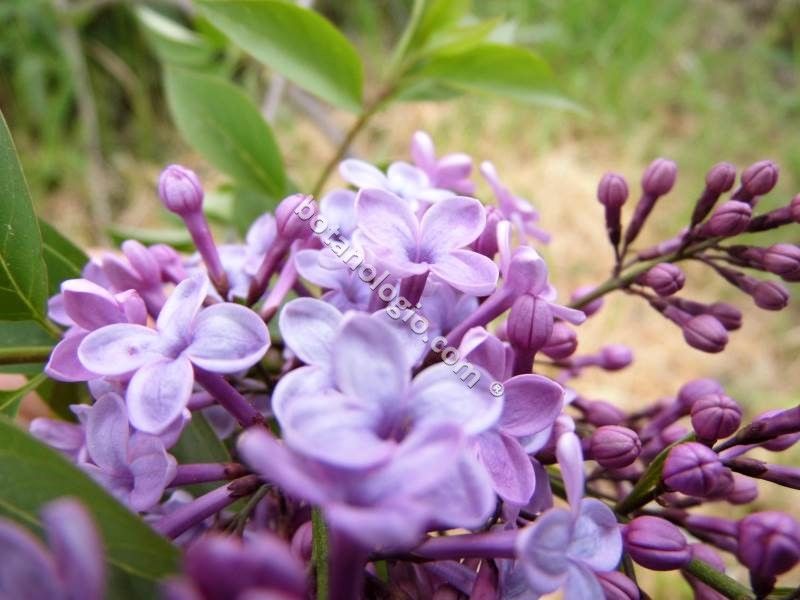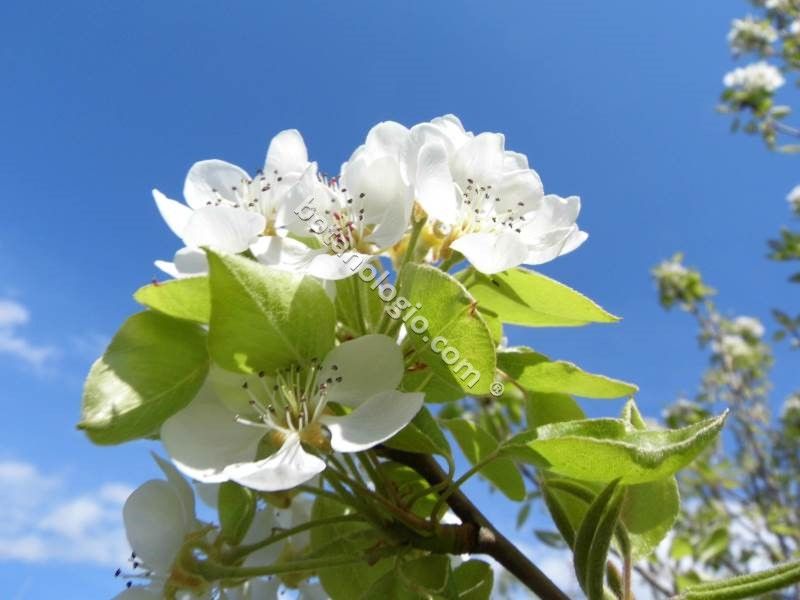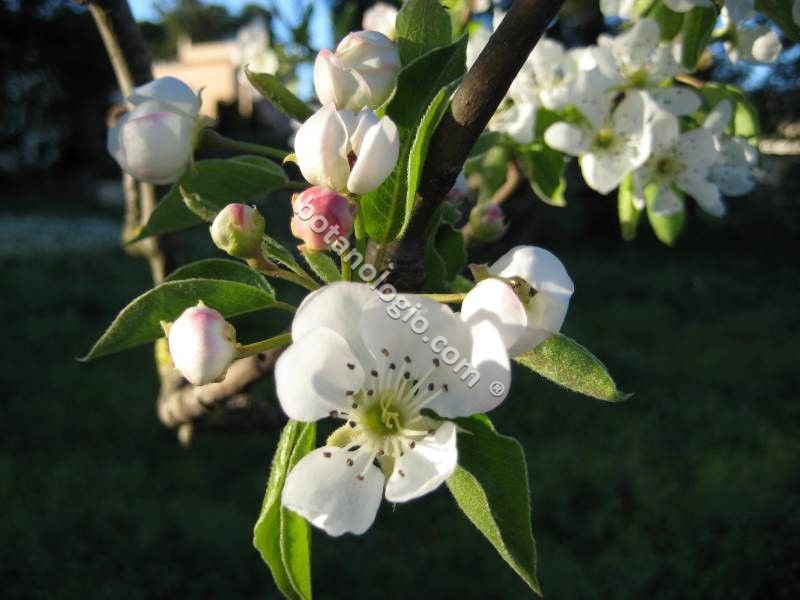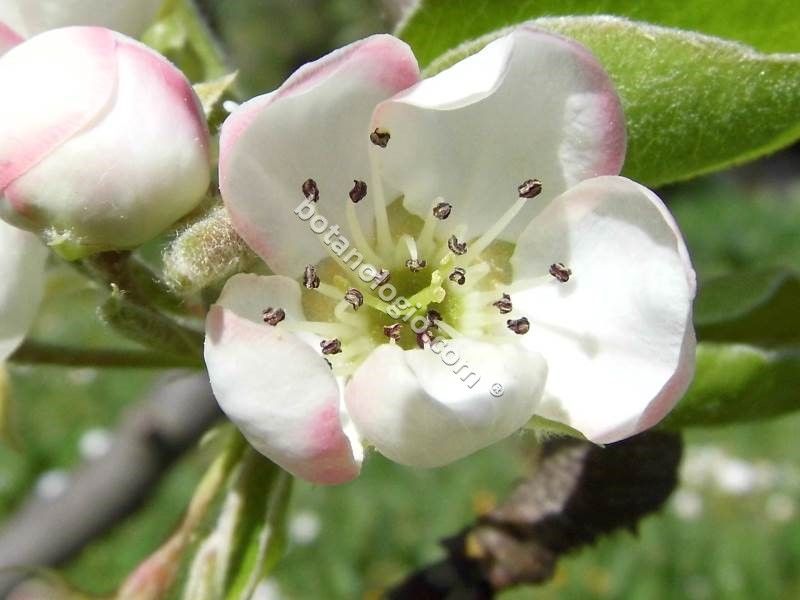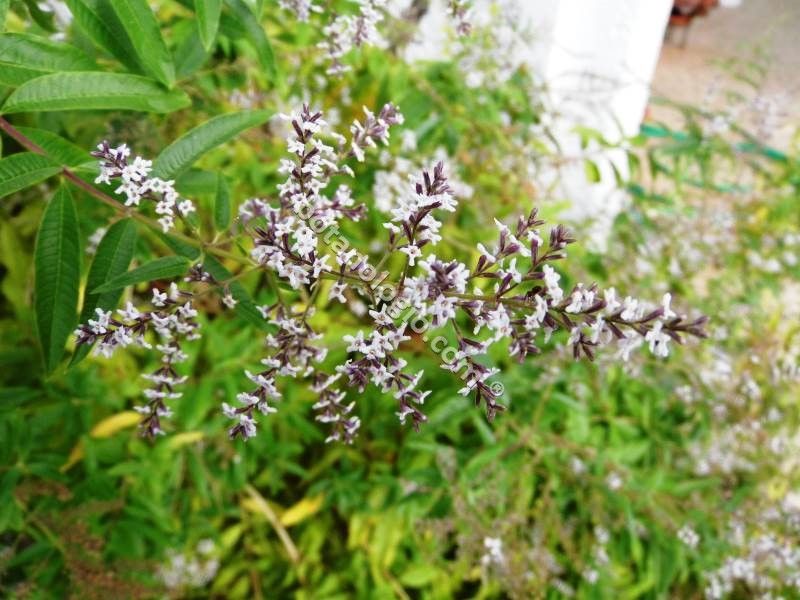Mallow, how to collect and nutrients

Mallow is an herb native to all parts of the Mediterranean, and to Europe. It prefers barren dry soils but at the same time has a special tolerance to both drought and moisture so it can be found from coastal areas to high altitudes.
Because it is considered a weed, and its healing properties are not very well known today, it can only be found in uncultivated soils that have not been sprayed. It is good to remember that where there is nettle, there is also mallow which is a natural antidote to itching and stinging from the nettle.
The season of collecting mallow varies depending on the part of the plant we want. A good season is considered from May to September. The general rule that applies to the collection is as follows: during spring the leaves, during summer the flowers and from autumn to winter the root.
The plant, among other things, contains traces of vitamins, mucus, glucose and resins. Mallow flowers are large pink to light purple and the root is fleshy. The leaves contain mucus to which it owes its emollient properties. Mallow is a close relative of marsh mallow which has similar properties.
Read more about the cosmetic uses of mallow and the healing properties of mallow.
greek herbs, herbs, herbs collection, herbs ingredients, herbs nutritional value, mallow
